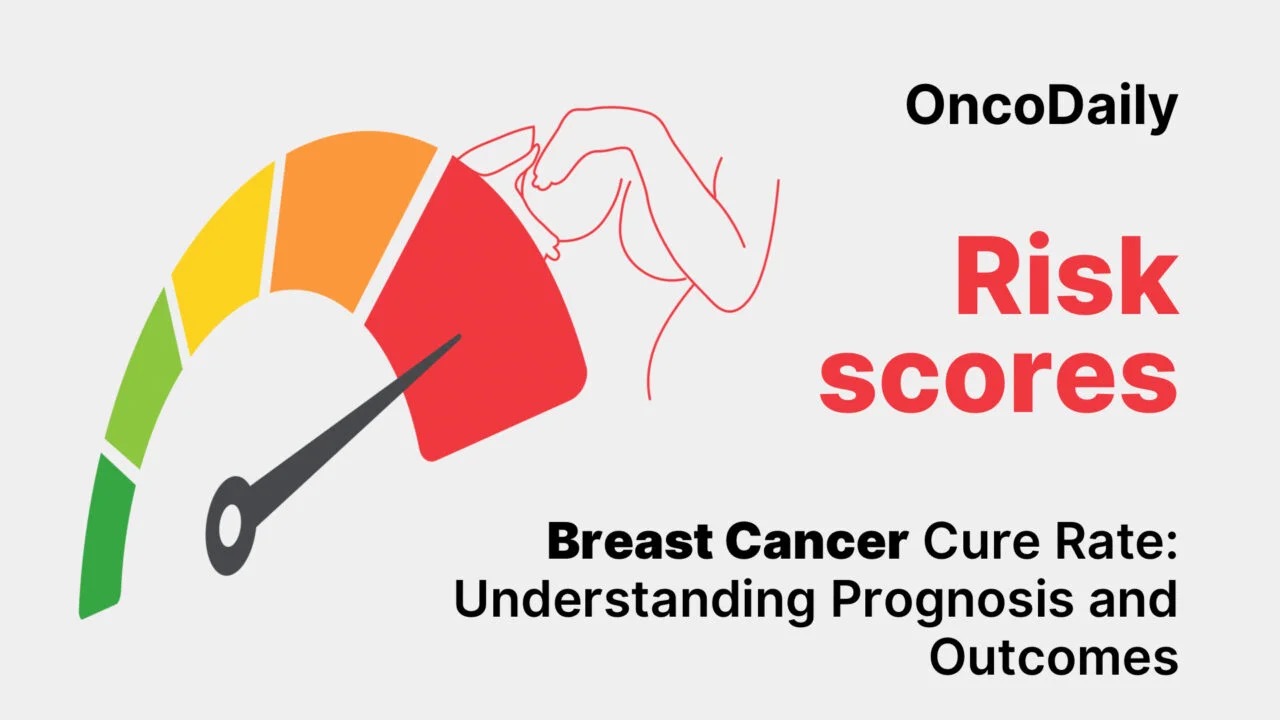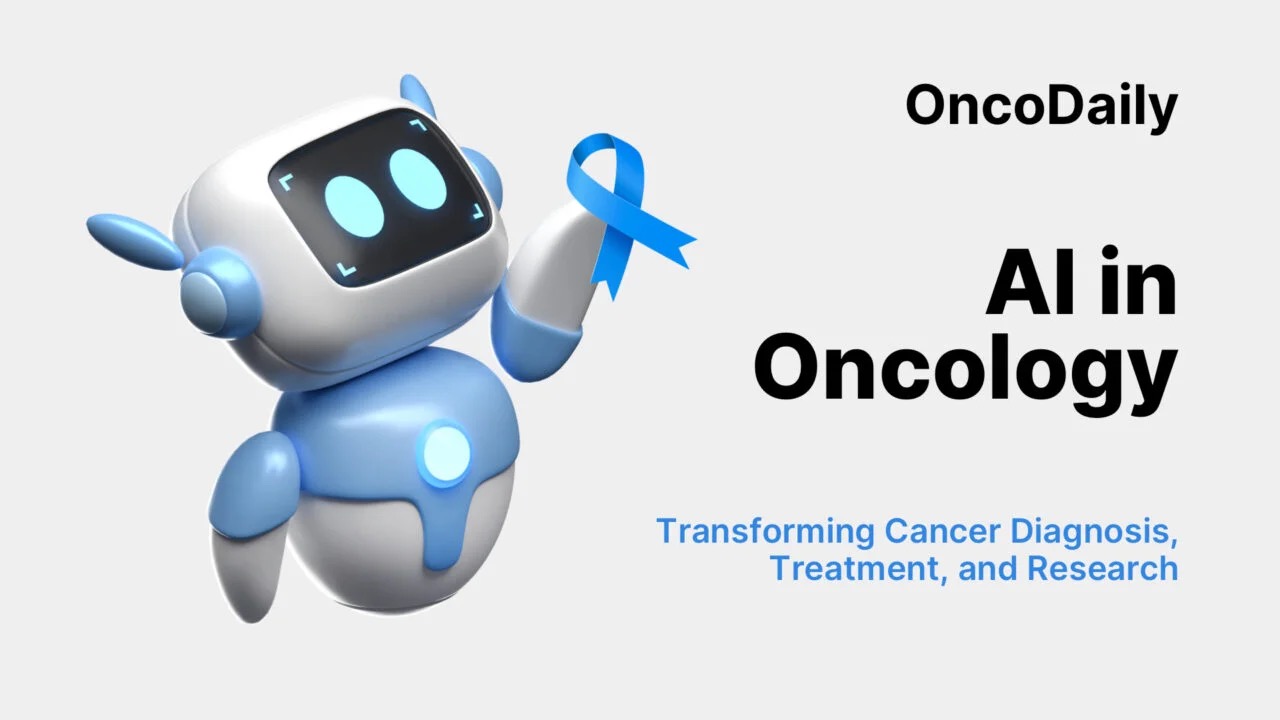Breast cancer remains the most common cancer in women worldwide and continues to be a leading cause of cancer-related death. The key factor that improves survival is early detection, as diagnosing tumors at an earlier stage significantly increases the likelihood of cure. AI in Breast Cancer Detection, once considered futuristic, is now becoming an essential tool in screening and diagnosis. For patients, this development holds the promise of faster and more accurate results, fewer false alarms, and broader access to quality care.
Why Early Detection Matters
The stage at which breast cancer is diagnosed is one of the strongest predictors of survival. Data from the American Cancer Society (2024) show that when breast cancer is detected at stage I, the five-year survival rate is approximately 99%. At stage II, this falls to about 90%, at stage III to roughly 70%, and at stage IV, when the cancer has spread to other parts of the body, survival drops to just over 30%.
These figures highlight the importance of screening programs that can find cancers before symptoms appear. Mammography has long been the cornerstone of such efforts, with ultrasound and magnetic resonance imaging (MRI) often used as complementary tools, particularly in women with dense breast tissue or elevated risk profiles.

Read About Breast Cancer Cure Rate on OncoDaily
Yet, traditional imaging has limitations. Even the most skilled radiologists may miss subtle signs of cancer, especially in dense breasts where tumors are harder to distinguish from normal tissue. In addition, radiologists often face heavy workloads, which increases the possibility of fatigue-related errors. These challenges create a space for AI to assist in screening and interpretation.
How AI Works In Breast Cancer Detection
Artificial intelligence in breast cancer detection typically involves deep learning systems trained on large datasets of mammograms, ultrasounds, and MRIs. By analyzing millions of images, the algorithms learn to recognize patterns associated with malignancy. When applied to new scans, AI highlights suspicious regions, assists radiologists in making decisions, or even serves as an independent reader in some settings.
One of the first landmark studies evaluating AI for mammography was published in The Lancet Digital Health in 2020. The authors demonstrated that an AI system performed comparably to expert radiologists, with sensitivity and specificity at similar or even superior levels (McKinney et al., 2020). In a randomized clinical trial conducted in Sweden, AI-assisted screening reduced the workload of radiologists by over 40% while maintaining cancer detection rates equivalent to standard double reading (Salim et al., 2022). These results suggest that AI can both maintain accuracy and alleviate pressure on healthcare systems.

Read About AI in Oncology on OncoDaily
What Patients Gain From AI-Assisted Screening
For patients, the most important advantage of AI is the possibility of detecting cancers earlier. Detecting tumors that might otherwise be overlooked means that more women can be treated at a curable stage. In addition, AI has shown potential in reducing false positives, which are situations where a scan appears suspicious but is ultimately harmless. False positives often lead to unnecessary biopsies, follow-up imaging, and considerable emotional stress. A 2023 study in Radiology reported that AI reduced the rate of recalls without compromising cancer detection, a change that can greatly improve the patient experience (Schaffter et al., 2023).
Another benefit for patients is speed. AI can analyze images within seconds, providing immediate feedback to radiologists. This shortens waiting times for results, which are often filled with anxiety. Moreover, AI helps ensure consistency. Different radiologists may interpret the same image differently, but AI provides a standard, evidence-based analysis that reduces variability in interpretation.
Limitations Patients Should Understand
Despite its advantages, AI is not infallible. Algorithms are only as strong as the data used to train them. If the training sets are limited to certain populations, the system may perform less well in others. For example, an AI tool developed primarily on European datasets may be less accurate when applied in Asian or African populations due to differences in breast density patterns and cancer presentation. Ensuring diversity in training data remains an ongoing challenge.
AI also cannot work in isolation. A suspicious finding must still be interpreted within the context of the patient’s history, physical examination, and other diagnostic results. Radiologists and oncologists remain central in this process. Furthermore, integration of AI into hospital workflows is complex. Costs, regulatory hurdles, and the need for continuous validation mean that adoption is uneven across healthcare systems. Patients in high-resource settings may have access to cutting-edge AI tools, while others may wait years before these technologies become standard.
Real-World Evidence Of AI In Action
Several countries have already integrated AI into breast cancer screening programs. In the United States, the Food and Drug Administration (FDA) has approved multiple AI-based software programs for use in mammography. Early studies from these implementations suggest reduced callback rates and improved cancer detection in real-world practice (Rodriguez-Ruiz et al., 2019). In Europe, AI has been tested extensively in national screening programs, particularly in Sweden and the Netherlands, with encouraging outcomes.
These successes extend to low-resource settings as well. Pilot studies in India and parts of Africa have shown that AI can serve as a valuable support tool where trained radiologists are scarce. By automatically flagging suspicious images, AI can prioritize cases for expert review, ensuring that high-risk patients are not lost in overburdened healthcare systems (Winkler et al., 2023).
The Emotional Impact Of AI For Patients
Screening for breast cancer is not just a medical process but also an emotional journey. Many women describe the anxiety of waiting for results as one of the hardest parts of the experience. False alarms add to this burden, often requiring biopsies that later turn out to be unnecessary. By reducing false positives and shortening turnaround times, AI offers patients not only better accuracy but also peace of mind. Knowing that both a radiologist and an advanced AI system have reviewed the scans may reassure patients that nothing has been overlooked.
The Future Of AI In Breast Cancer Detection
AI is advancing rapidly, and its role in cancer detection will likely expand beyond imaging. Researchers are exploring ways to integrate AI with genetic testing, blood biomarkers, and patient history to provide personalized risk assessments. A concept known as multimodal AI could combine mammography, MRI, and ultrasound findings with molecular data to create a more complete diagnostic picture.
Another promising approach is federated learning, which allows AI systems to be trained across multiple institutions without sharing patient data. This improves accuracy while protecting privacy. Looking ahead, AI may not only improve detection but also monitor treatment response, predict recurrence, and guide tailored therapies, making it a continuous partner throughout a patient’s cancer journey.
Conclusion
Artificial intelligence in breast cancer detection is not replacing doctors but supporting them in their work. For patients, this translates into earlier diagnosis, fewer unnecessary procedures, faster results, and greater access to quality care. While challenges remain in terms of data diversity, integration, and equity of access, the evidence to date is clear: AI is becoming a powerful ally in the fight against breast cancer. As research progresses, patients can expect breast cancer screening to become not only more accurate but also less stressful and more personalized.
You Can Watch More on OncoDaily Youtube TV
Written by Armen Gevorgyan, MD
